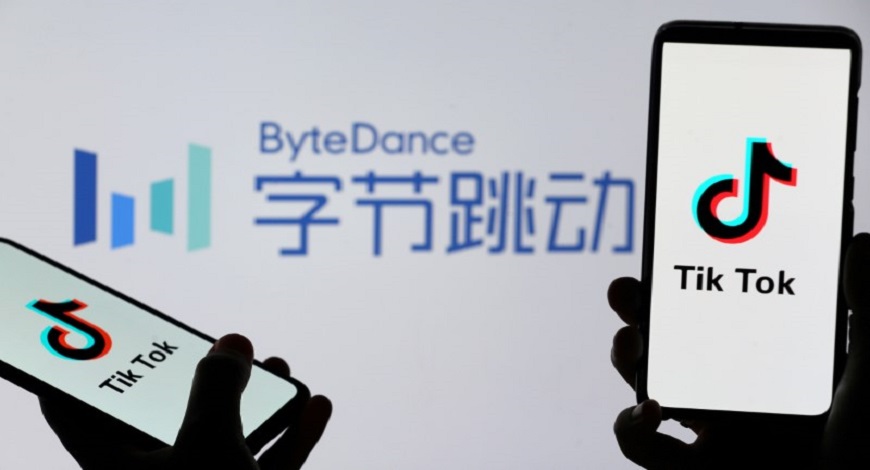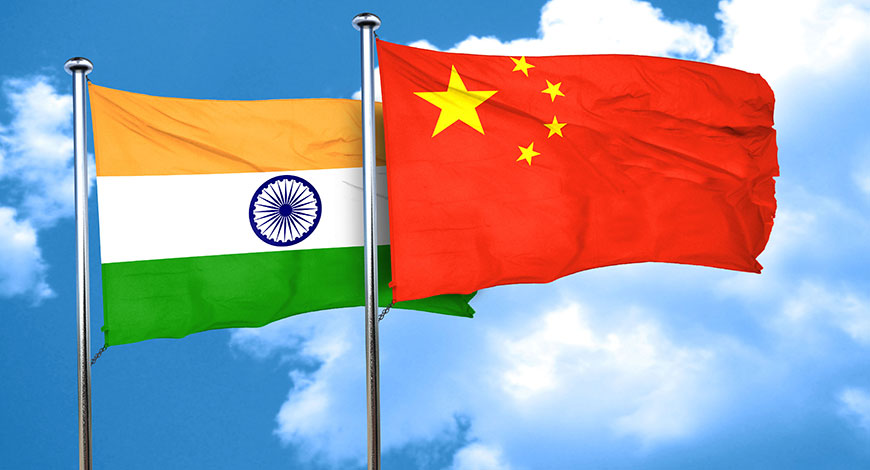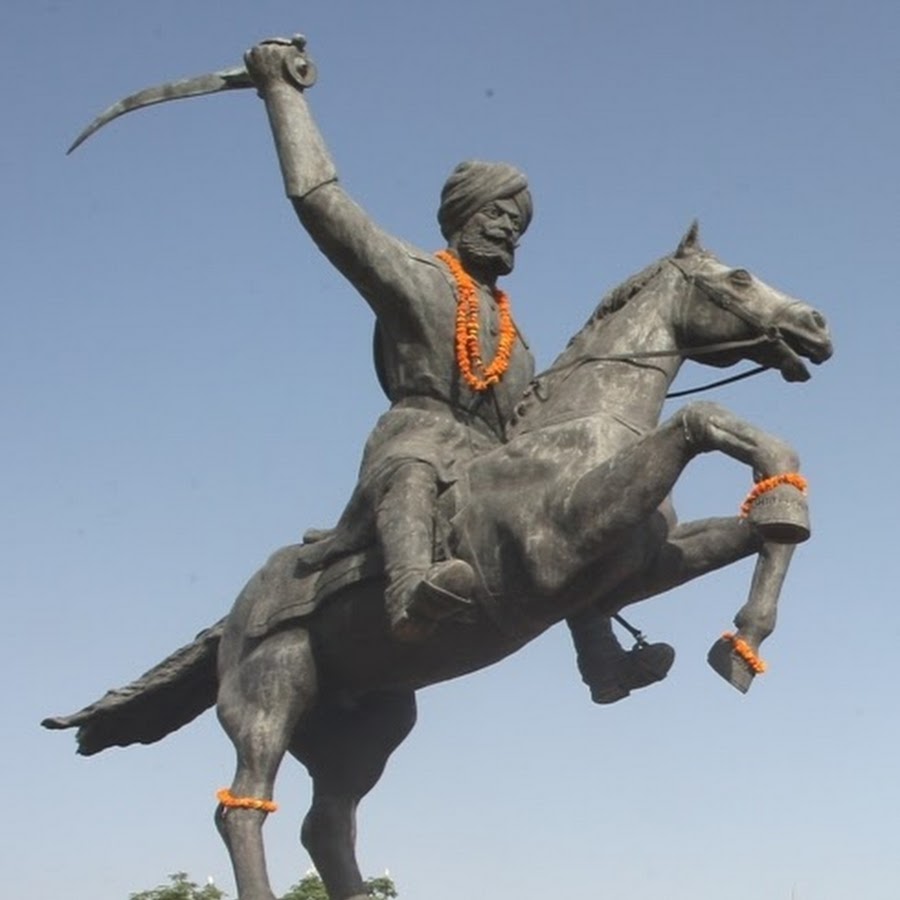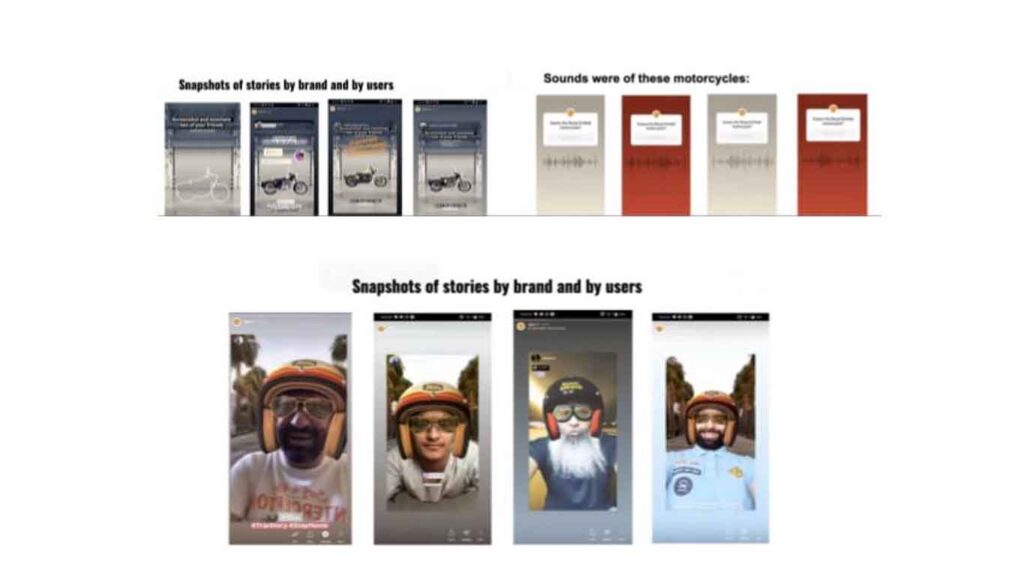Down The New Silk Road
-A caravan of Chinese brands desperate for global dominance- Connecting the East and the West, the Silk Road was central to the economic, cultural, political and religious interactions between them. Lucrative trade and exchange of goods and ideas played a significant role in the progress of world civilization. Back then, the world went to China. Now, China wants to access every world market. A new Digital Silk Road is emerging. Chinese brands are using it to increasingly strengthen their reach overseas, competing against each other for growing presence, while generating impact across categories. They are more purposeful and more data-driven, shifting from traditional sectors like Electronics and Appliances to Fast Fashion and Mobile Gaming, and even Social Media. [siteorigin_widget class=”SiteOrigin_Widget_Image_Widget”][/siteorigin_widget] Powerful brands are emerging, ones that have been able to differentiate themselves from the competition and be more salient by staying front-of-mind for consumers. China has done this riding on its strength in contract manufacturing, advantages of economies of scale, rapid prototyping and even copying of design and technology. Are Chinese brands going to win at the global level? Will they be the engine to propel China’s economic growth in the future? China as a national brand is handicapped by perceptual baggage. Their story of growing economic might and rapid growth of the GDP does not add enough colour to their brand offering. They need to manage diverse global consumers. This is by no means a new occurrence. Low quality manufacturing that matures into leading edge brand offerings has happened previously in Japan and South Korea. Already, many Chinese Global Brands rank in the Global Top 100, including technology leaders Huawei, Lenovo, Xiaomi, giant retailer Alibaba and ByteDance, the internet company with social media platforms like TikTok. These are mostly ‘export from China’ brands trying, via a set of disciplined activities, to gain awareness and consideration with consumers and build social cachet. A few schematic aspects of their journey are as follows Evolving from a volumetric, sales-centric approach to a brand-centric approach. A strong brand that stands for something meaningful, beyond what a business actually makes and sells, can last many lifetimes. There is a compelling correlation between strong brands, valuable brands, and financially successful brand driven businesses. Most Chinese brands think aggressive pricing, promotion and placement make for sufficient brand building. It’s much more complex than that. A brand is an intangible value built over time and includes much more than just advertising. It’s the product itself – the customer experience, the retail design and so on, all amounting to a clear brand purpose. They are also learning that brand magic extracts more from the profit pool. Sheer volume at shallow profit gives no joy. Focusing on storytelling beyond the product. The Chinese are picking up their market performance data and linking it with market insights, trends data and behavioural data. This is helping them identify areas of opportunity by sector and in gauging what consumers really want. They have reached a point in their international expansion where they have to think beyond product and move from shareholder value to shared value. It is not enough to focus on being everywhere and deliver sheer value. To win, they have to move to a purpose-driven storytelling approach. “Made in China” has to begin to acquire positive incorporeal associations of “Created in China” Localising brand management. Chinese management runs local companies. They don’t hire senior people from leading local brands who know how things are done. This approach fails to get the nuances required to win in a local market. State led enterprises have this handicap of parochial bias. Global multinational corporations don’t –at least not at a divisional or geographical level. Creating compelling, high-quality content. Storytelling is an essential part of driving brand awareness, helping brands make meaningful and memorable connections with consumers, and building loyalty. The ability to target audiences also gives them the opportunity to present content that’s tailored to resonate with specific groups of people – and even individuals. Chinese brands do not currently have positive connotations when it comes to ‘badging for esteem’ and social packaging.. To conclude, as of now, the Chinese excel at disrupting the affordable end of a category due to their value proposition. They come in at a low price and often knock out the competition. However, they are not upping their game on brand aura, socialization, purpose enriched authorship of narratives and premiumization. That is where they face the real test. It is where they will likely fail !! http://www.businessworld.in/article/Down-The-New-Silk-Road/08-07-2020-294982/










